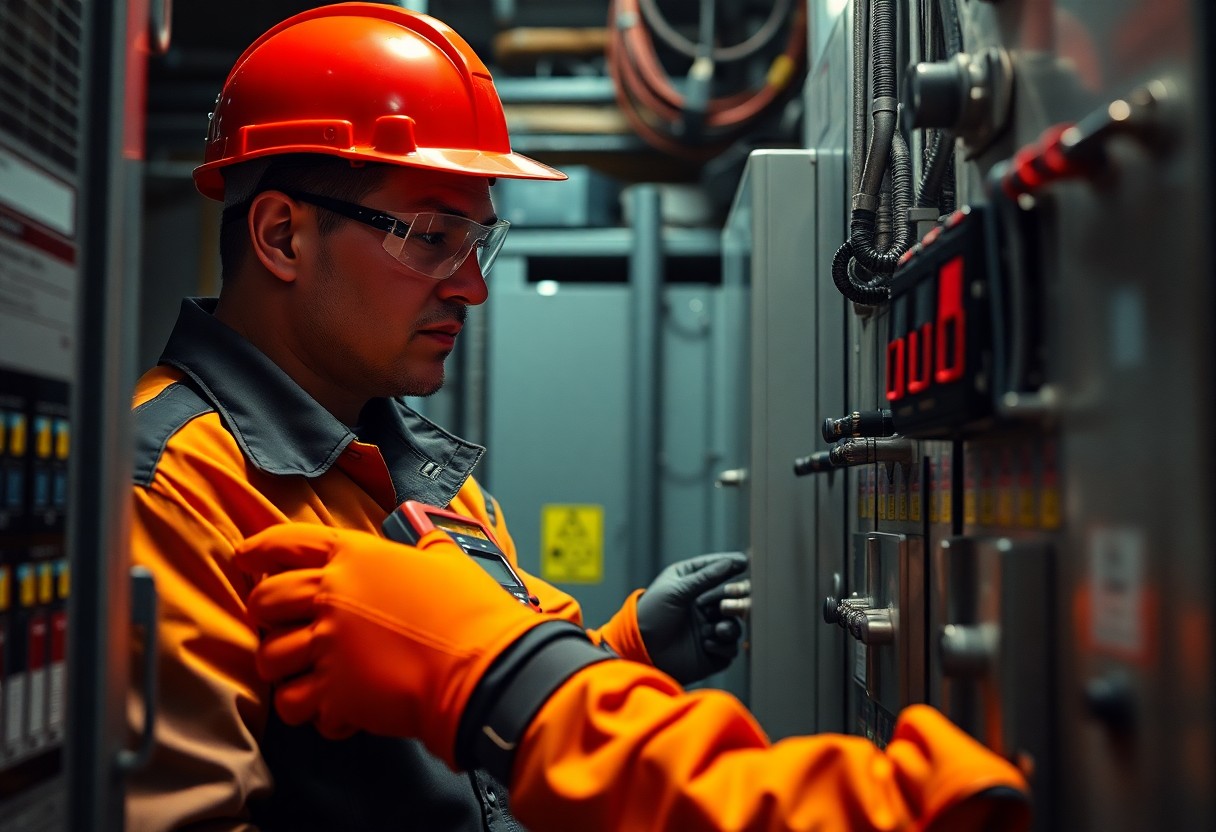Just as you wouldn’t walk into a busy street without checking for oncoming traffic, you should never approach or handle electrical equipment without ensuring it is safe to do so. The practice of testing before touching is not merely a suggestion; it is a fundamental component of workplace safety that you cannot afford to overlook.
When you work with or near electrical equipment, an vital step is to always verify that the equipment is de-energized. This process not only helps in preventing accidents but also protects you from potential electrical shocks, burns, and even fatalities. Taking the time to confirm that equipment is de-energized is a responsibility you must embrace in any work environment.
The first step in verifying whether equipment is de-energized is to use a lockout/tagout (LOTO) system. This system enables you to ensure that machines are properly shut off and not able to be started up again until maintenance or servicing work is complete. By using padlocks and tags, you take control over the energy sources, eliminating the risk of accidental re-energization while you work. Always ensure you follow your organization’s protocols for lockout/tagout procedures before commencing work.
Once you have applied the lockout/tagout system, the next step is to perform an energy verification test using an appropriate voltage tester or multimeter. You should test the equipment’s power source to confirm that no voltage is present. This step cannot be skipped, as relying on indicators such as indicator lights or control panel displays might lead you to a false sense of security. Use your voltage tester on all conductors associated with the equipment—even if only one conductor appears energized, it could be a cause for concern.
Make a habit of conducting your verification tests on every piece of equipment you work on, regardless of prior checks by colleagues or supervisors. It’s important to take personal accountability for your safety and the safety of those around you. You are the last line of defense against potential injuries associated with electrical hazards.
If you find that the equipment is not de-energized after your testing, do not attempt to troubleshoot the situation yourself if you are not qualified. Instead, notify a qualified professional to assess and resolve the issue. This may involve identifying faults, resetting breakers, or investigating the source of electrical energy that remains.
Finally, create a culture of safety in your workplace by encouraging your peers to adopt similar practices of testing before touching. Share your knowledge and experiences concerning lockout/tagout procedures and energy verification methods. The more everyone is educated on these topics, the safer your working environment will be.
In the end, always practice discipline when it comes to ensuring equipment is de-energized. Your well-being depends on it, and every action you take to test before you touch can positively impact the safety of your entire workforce.

Leave a Reply